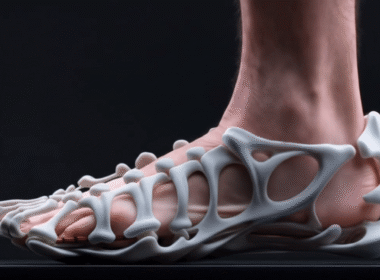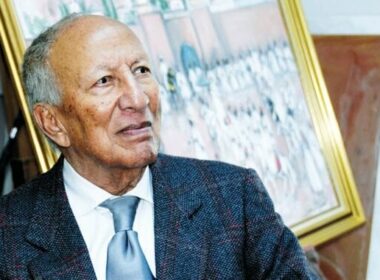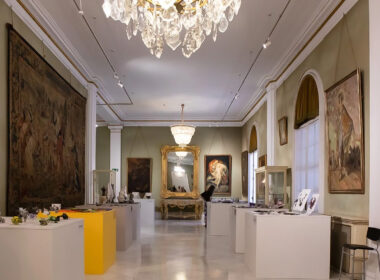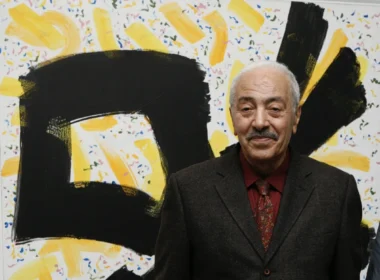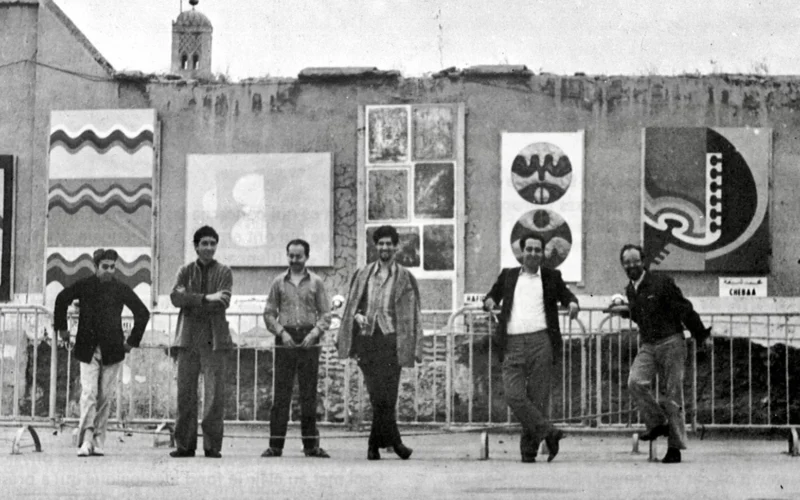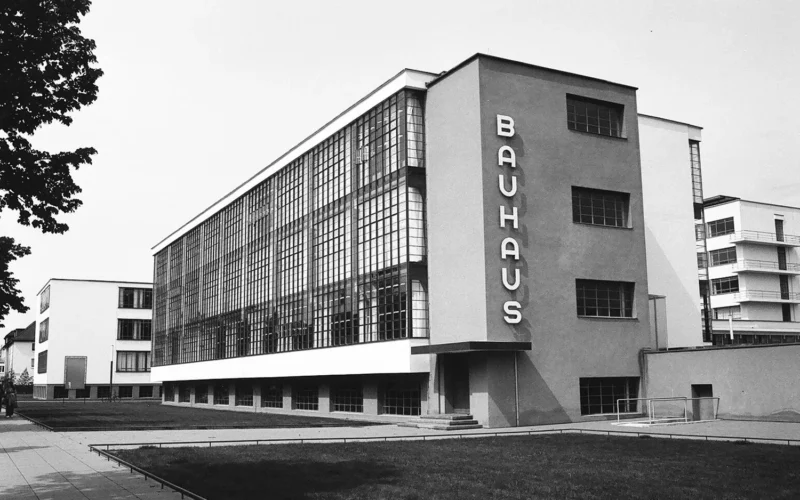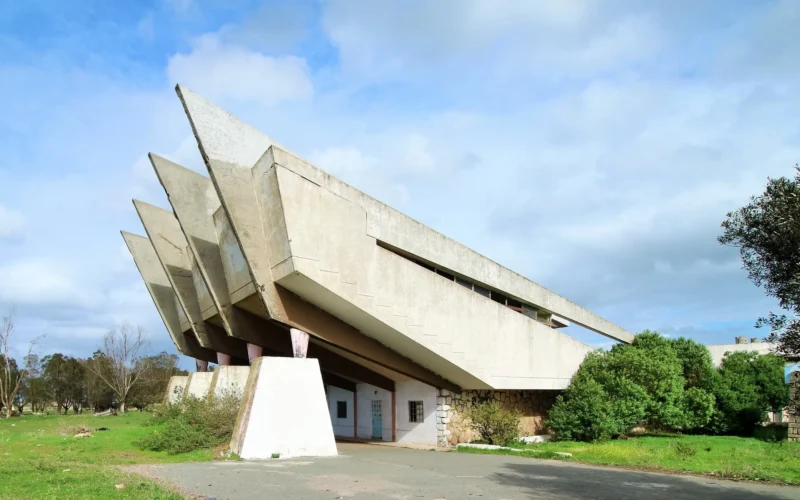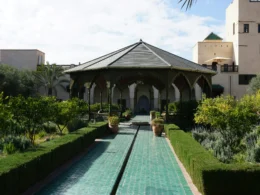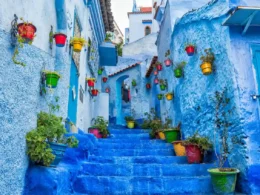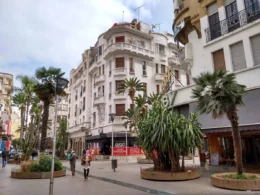Morocco may not have a strict “Bauhaus school”, but its mid‑20th‑century art and architecture movements were deeply shaped by Bauhaus ideas, especially through the Casablanca Art School and modernist architects.
Table of Contents
1. Casablanca Art School & Bauhaus-inspired Modernism
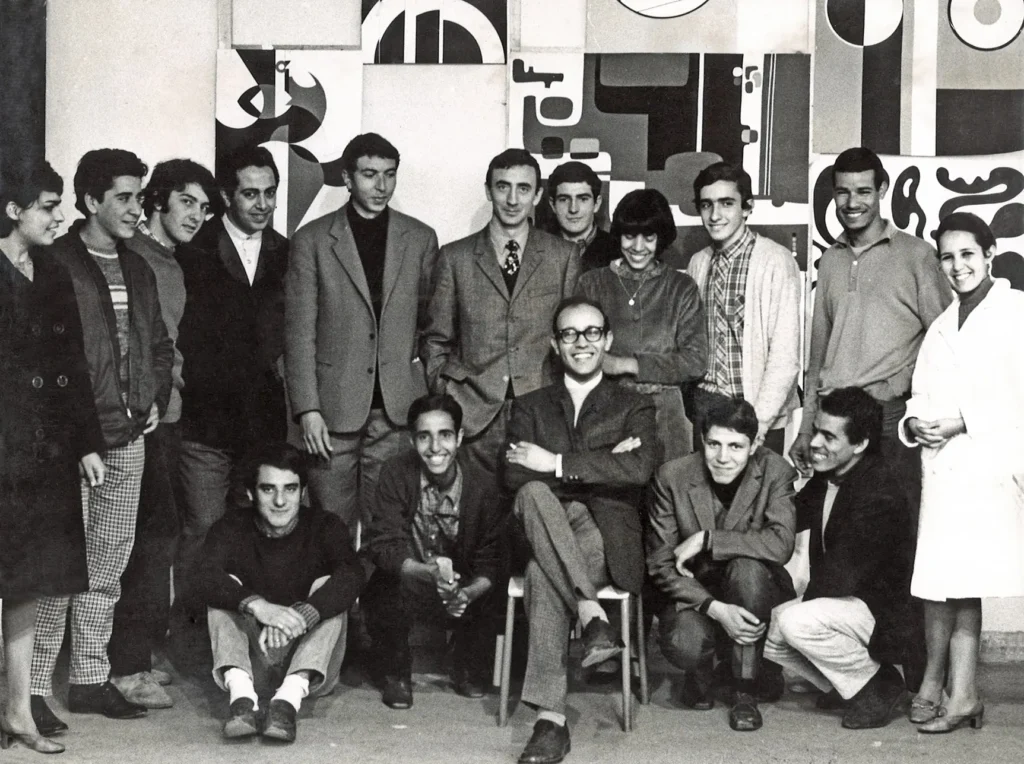
- The School of Fine Arts of Casablanca (École des Beaux‑Arts de Casablanca), founded in 1919, pivoted in the 1960s under artists Farid Belkahia, Mohamed Melehi, and Mohamed Chabâa. From 1962–1972, they infused Bauhaus pedagogy, integrating crafts, design, architecture, and community into Moroccan artistic traditions.
- Influences included:
- Emphasis on cross-disciplinary workshops and craft (metals, leather, textiles) akin to Bauhaus ateliers.
- Public art initiatives like the “Présence Plastique” exhibitions (starting in 1969), murals in Marrakech’s Jemaa el‑Fna, and the Asilah mural festival (1978), are reminiscent of Bauhaus integration of art in everyday life.
- Theoretical and cultural reappraisal, decolonising the local craft heritage, a Bauhaus-type re-contextual approach.
2. Key Casablanca School Figures
- Farid Belkahia led the movement, merging traditional leather and copper with modern abstraction, echoing Paul Klee and Albers’ Bauhaus craft/art fusion.
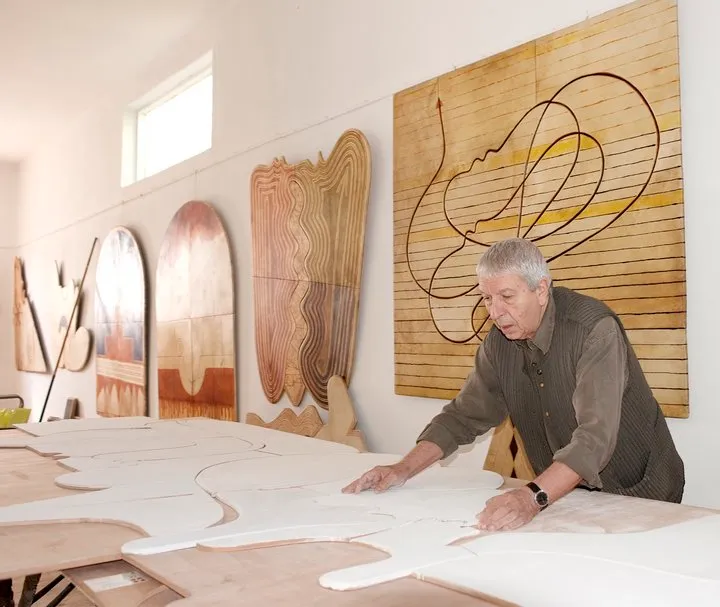
- Mohamed Melehi embraced Bauhaus logic directly: vibrant colour, abstraction, and integrating craft/architecture in daily life. He explored Afro‑Arab patterns (Amazigh motifs), building a visual decolonial bridge through modern aesthetics.
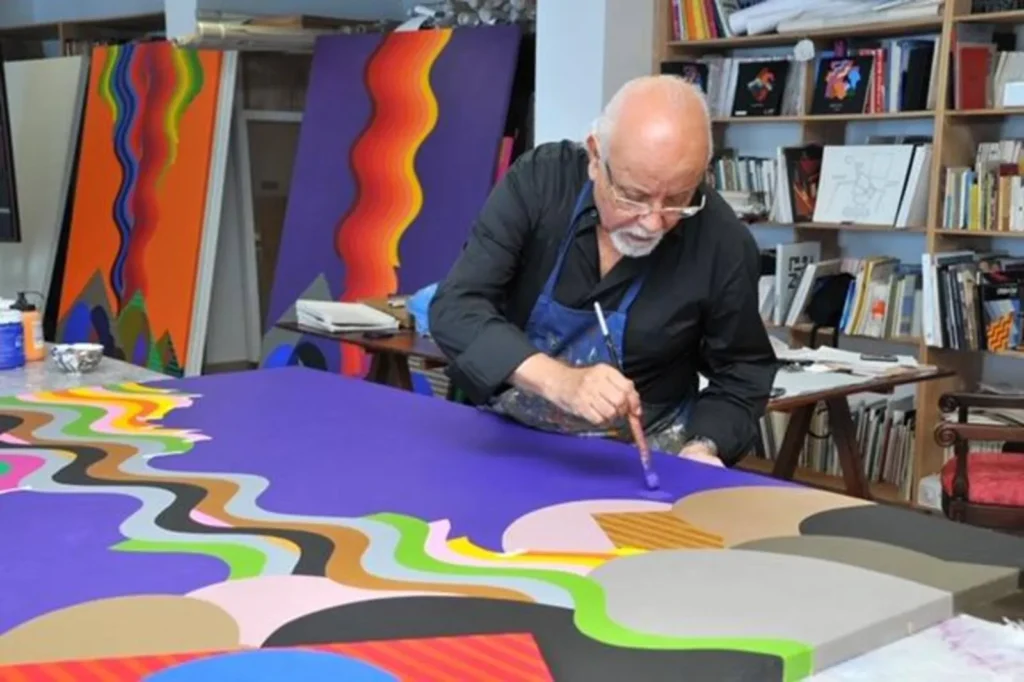
- Mohamed Chabâa focused on modernism plus calligraphy, craft, typography, rejecting colonial art notions and aligning with local-modern Bauhaus blending.
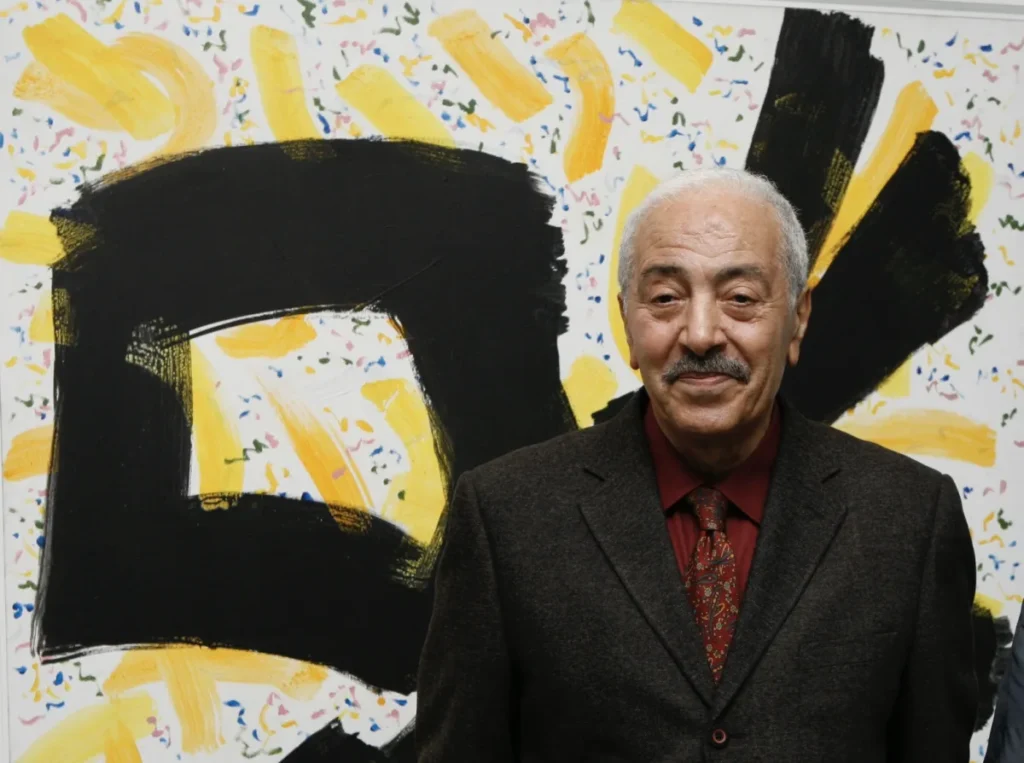
3. Modernist Architecture & GAMMA
- The Group of Moroccan Modern Architects (GAMMA), emerging in the 1950s under Michel Écochard and Elie Azagury, used Bauhaus principles like functionalism but adapted to local needs; e.g. honeycomb housing, market buildings.
- Architects like Jean‑François Zévaco, Elie Azagury, Abdeslam Faraoui, and Patrice de Mazières led projects that partnered with Casablanca School artists, embedding murals, textiles, and ceramics into Brutalist and modernist structures.
- The Modernist Architects of Morocco Memorial Association (MAMMA) now preserves this legacy, mapping icons and hosting tours of mid‑century modernist buildings.
4. Bauhaus Imaginista Morocco: 2018 Rabat Program
As part of the global Bauhaus Imaginista research/exhibition series, Morocco hosted events in Rabat (2018) exploring how to decolonise design, studying vernacular objects and local crafts in light of Bauhaus frameworks, showing an international, reflexive Bauhaus dialogue.
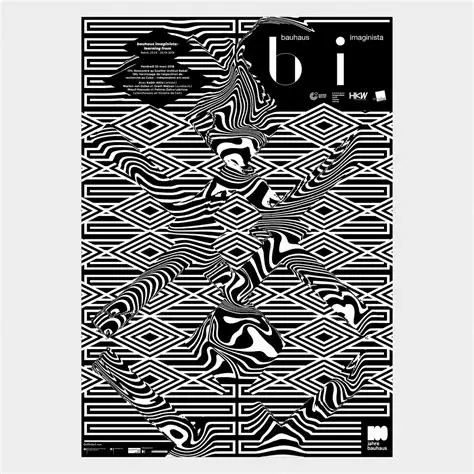
In essence:
Morocco embraced the Bauhaus spirit, not by copying it, but by re-rooting its humanist, craft-centred, interdisciplinary ethos in Moroccan soil. The result was a modernism of cultural synthesis, social engagement, and aesthetic liberation.


